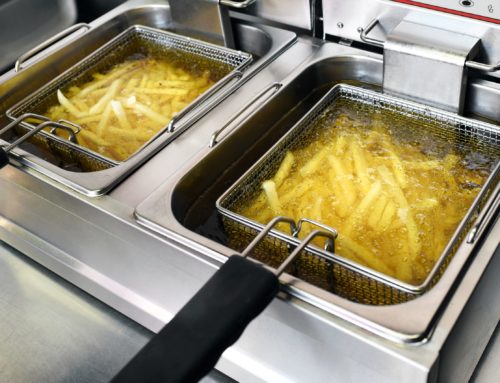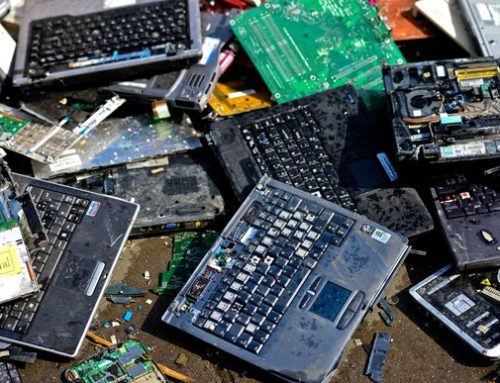 To pick up where my last blog left off, we currently live in a linear economy of our own making: resource production, consumption and then disposal – all leading to an unrelenting waste stream. Collection efforts are daunting yet admirable and can be helpful in cleaning up neighborhoods and beaches – albeit often temporarily – but still don’t solve the question of what to do with the collected material. Most recycling efforts are deficient or create their own sets of problems. We should all try to reduce our footprint and set personal waste reduction and reuse goals, but that doesn’t address existing waste, or the effects of population growth.
To pick up where my last blog left off, we currently live in a linear economy of our own making: resource production, consumption and then disposal – all leading to an unrelenting waste stream. Collection efforts are daunting yet admirable and can be helpful in cleaning up neighborhoods and beaches – albeit often temporarily – but still don’t solve the question of what to do with the collected material. Most recycling efforts are deficient or create their own sets of problems. We should all try to reduce our footprint and set personal waste reduction and reuse goals, but that doesn’t address existing waste, or the effects of population growth.
Each person produces between 5 and 6 ½ pounds of waste per day. That means that you, me, your spouse and one of your neighbors each generate roughly 2,000 pounds of waste every year. So you can see that even if you manage to reduce that daily waste rate by half, you’re still individually responsible for leaving behind 1,000 pounds of waste annually.
I specifically discussed tires in my previous blog; each person produces one waste tire each year. That number may not seem as individually excessive, but it is when multiplied against population numbers. Additionally, the “used” tire scenario is not the only source of tire rubber waste; tire production also results in producing significant waste – and no one is going to suggest we stop manufacturing tires.
Innovating existing technology
I have been leading us toward a discussion of a technology that truly creates a circular economy, one that is proven, sustainable and scalable – all things necessary for successful commercialization: Pyrolysis.
As you can read in this article, pyrolysis is described as the heating of an organic material, such as biomass, in the absence of oxygen. As you likely know, biomass is organic matter – think wood, foodstuffs, even manure. But I’ve been talking about the waste in our landfill, both organic and inorganic, like plastics and tires.
So how does pyrolysis apply to that problem?
The innovative pyrolysis technology I’m talking about does reform that waste. We call it Non-Destructive Low-Temp Pyrolysis.
This is not a new technology; it is a modular, proven, production technology. The innovation comes in because we holistically integrate this proven technology. It results in fully dispatchable clean biofuels refined to optimize production reliability.
The bioliquid has an energy density equivalent to diesel fuel. It has a low sulphur content of approximately 5 ppm or less and an octane range of approximately between 60 and 89.4. The heat value is 10,000 – 11,000 kcal/kg. The resulting biogas has similar characteristics of methane gas.
These characteristics translate into reforming waste into high-quality resource byproducts for renewable energy production.
Sustainability is key to success
Some critical, concrete and life-changing benefits include:
- It processes and repurposes the inherent energy and resource value of waste streams
- This waste reformation generates usable byproducts
- It’s clean, safe and environmentally friendly, and is already EPA approved
- It is scalable and can be deployed quickly – think of the impact in disaster-impacted regions
- It can provide renewable energy production
- It can have a tangible impact on global waste
- It both promotes and achieves environmental stewardship and effective recycling
- It can create jobs and stimulate the economy
- It can provide energy independence and infrastructure reliability
- It’s conducive to public-private partnerships which can provide stability
- Its small footprint and high-energy density supports both micro- and mini-grids
This technology can provide holistic and resilient waste and energy solutions worldwide. It looks beyond a “simple fix” and addresses complex problems in areas plagued by disasters, underdeveloped infrastructures and other long-term challenges.




